
FEATURE – According to a recent story by The New York Times, the superintendent of Rocky Mountain National Park has a plea for visitors to her national park: Enjoy the animals, but don’t act like one.
The same applies to every single national park and every single national park visitor.
In the wake of its centennial last year, the National Park Service has seen a massive surge in visitation and with that increase in visitors comes an unfortunate increase in disrespect to parks among visitors.
In honor of National Park Week this week and as a reminder to those who will visit national parks this year, what follows is a list of 10 things NOT to do while visiting a national park to show better etiquette and more reverence to the places that are “America’s Best Idea.”

1. Don’t expect a true wilderness experience – Many modern park-goers are under the notion that, in general, a trip to a national park is a chance to “get back to nature.” The reality is, a trip to especially the most popular national parks these days is like trading an urban skyscraper or “concrete jungle” environment for what amounts to an urban experience surrounded by stunning scenery.
A park visitor, for instance, might see more people crammed into a small area on a visit to Zion National Park than on a visit to Times Square. The solitude, peace and serenity most visitors seek are impossible to find.
Real wilderness, by definition, is roadless and undeveloped. To get an authentic “wilderness experience,” a park visitor must get a permit, strap on a pack and explore the backcountry, but very few are willing (or have the stamina) to do such a thing in this day and age. When visiting a park, unfortunately, one must lower expectations because large crowds are the norm.
2. Don’t ignore other visitors – It’s pretty natural to avoid contact with people one doesn’t know. When hiking, riding a shuttle or enjoying a viewpoint, many national park visitors have a tendency not to talk to fellow visitors around them.
What some don’t realize is that by not engaging in conversations with other park-goers, visitors are missing out on rewarding experiences. By striking up a conversation, tourists can compare notes and give recommendations – trails to explore, places to eat, future trips to take.
Besides exchanging information, park-goers should be on the lookout for someone to help – giving directions, snapping a photo so a whole family can be included, or even providing first-aid or going for help. Common courtesy can go a long way and could just make someone else’s day.
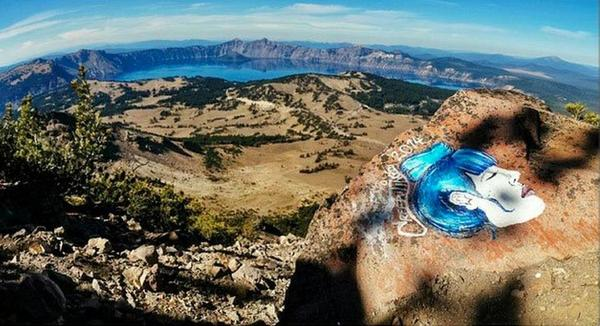
3. Don’t feel entitled – Never think to yourself, “This is my park!” and feel like you deserve VIP treatment. It’s actually everyone’s park so please treat it with respect and . . . wait in a line if you have to. Be a humble national park visitor.
4. Don’t trash the place – Treat a national park better than you would treat your own home or church. Don’t litter and don’t leave anything amiss.
A decree backpackers live by is “Pack out what you pack in.” Do the same in a national park – pick up after yourself and pick up after other visitors if you see litter around. Leave it better than you found it.
By the same token, if you see something amiss or out of order, either report it to a ranger or try to make it better.
5. Don’t take souvenirs from the landscape with you – Sometimes park visitors see a rock, flower, stick or other item within the natural landscape of a national park that they want to take home as a souvenir. Even if tempted, please refrain from taking anything.
There is a reason the Antiquities Act of 1906, which gave the president of the United States the authority to set aside national monuments without congressional approval, is named as such. One of the reasons for the legislation was to protect Native American “antiquities” from being looted.
By the same token, don’t steal anything that would detract from a park’s natural beauty.

6. Don’t heckle rangers or annoy fellow visitors – The NPS is actually one of the biggest educational organizations in the U.S. and rangers are akin to teachers. Just as teachers must deal with misbehaving students as part of their classroom management plan, rangers have to do much the same.
Don’t be “that visitor” – the one that a park ranger would want to send to the proverbial principal’s office by having to win an argument or by making a petty complaint.
Public safety rangers are the park’s police force so please respect their authority – they can give you speeding tickets, citations, et cetera. With budget cuts and increased visitation, park rangers are spread thin and are doing the best they can with fewer resources.
By the same token, respect other visitors as well. Don’t detract from their experience by photobombing, obstructing their view or path, etc.
7. Don’t ignore signs – You’ve seen them – the “stay off the trail” signs. Don’t be one of those hikers who thinks that doesn’t apply to you. “Social trailing,” the term for visitors making their own trails, is a big problem in national parks, which has taken a toll on vegetation and caused unwanted erosion. Please respect those signs so revegetation can occur. Park visitors would rather see an unscarred hillside rather than one full of footprints and large pockets of little to no natural vegetation.
By the same token, don’t ignore those no parking signs or any other sign that prohibits something – like pets, or bikes, et cetera.
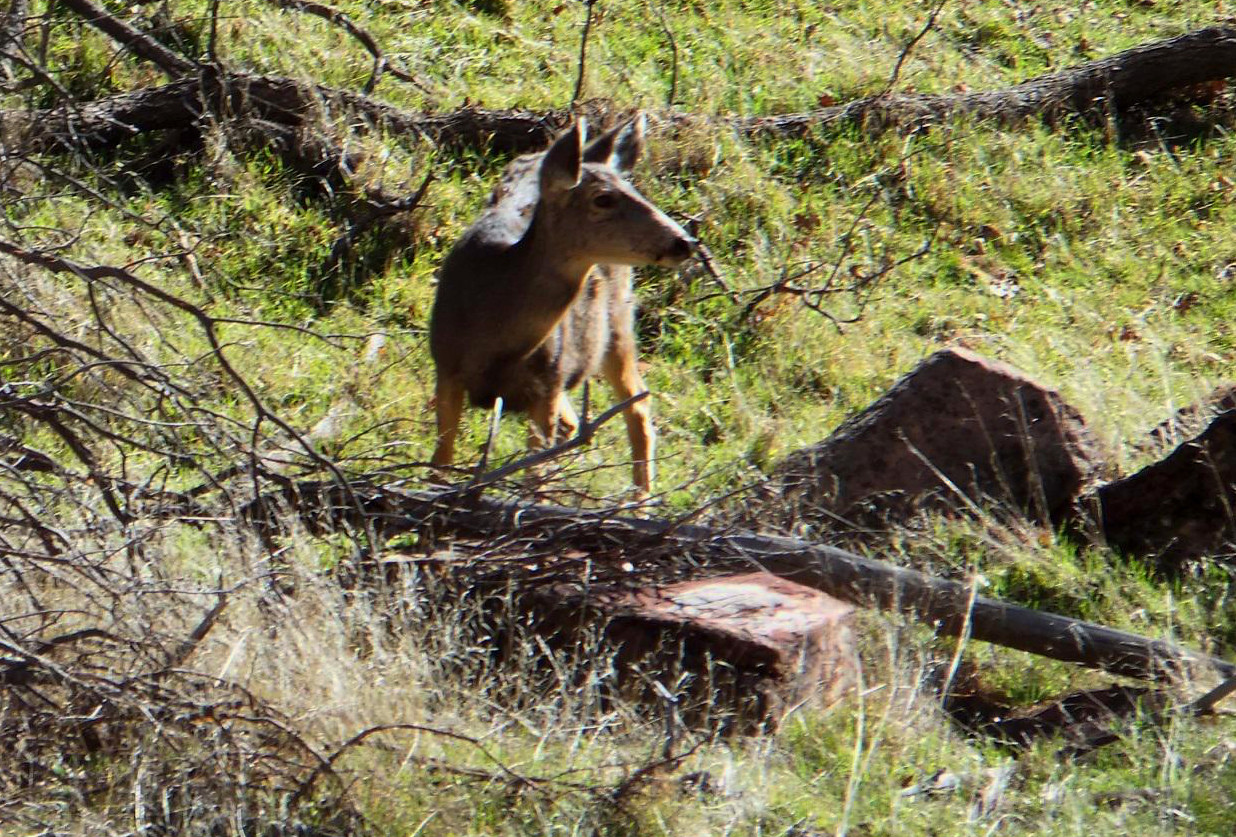
8. Don’t feed animals – Zion National Park visitors can attest to chipmunks and squirrels who come a little too close hoping for a handout or deer looking for a gourmet meal as unwanted guests in campgrounds.
Feeding animals lessens their instinct and desire to find their own meals and turns them into a nuisance. It can lead to aggressive behavior and unhealthy animals, to name a few. Smaller animals, for instance, might seem harmless, but they could bite you and that bite could spread diseases. So don’t be grossed out when seeing chipmunks eating horse manure. It’s a more natural meal for them and at least they are finding the food on their own.
9. Don’t park on an unpaved road shoulder or anywhere where you’re not supposed to – This goes along with obeying the signs because parking in unauthorized areas causes unnecessary tire tracks and just like social trailing is a detriment to vegetation causing unnecessary erosion along the roadside.
This is a major reason parks like Zion have shuttle systems so this doesn’t happen, but unfortunately it still does with the crushing visitation. One doesn’t visit a national park to get a parking citation!
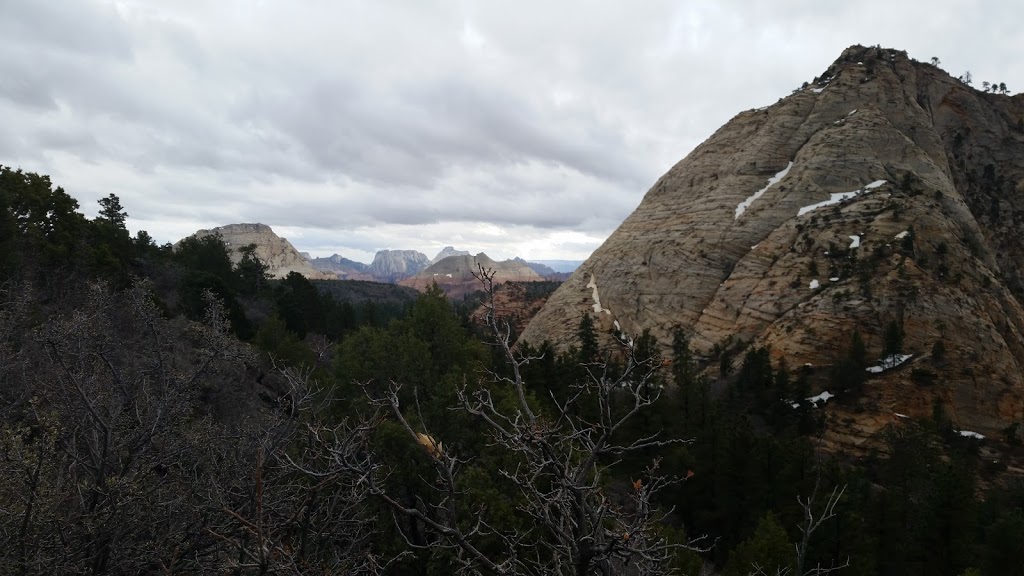
10. Don’t wait in line too long (or feel like seeing the most popular areas are an absolute must) – Forty-five-minute to one-hour waits in a shuttle line (or even while sitting in a car waiting to get to the entrance station) isn’t the way to maximize one’s time in a national park. Instead of feeling like you absolutely MUST see the most popular parts of the parks in the region such as Zion Canyon, the rim of Bryce Canyon National Park near the lodge or the Grand Canyon North Rim’s Bright Angel Point (also near its lodge), try to escape the crowds.
To see a different perspective on Zion, take a drive on the Kolob Terrace Road to Lava Point or take Interstate 15’s Exit 40 to take the scenic drive through the Kolob Canyons section.
Both places have viewpoints and trails to discover – such as the Hop Valley and Wildcat Canyon trails on the Terrace Road and the Taylor Creek and Timber Creek trails in Kolob Canyons.
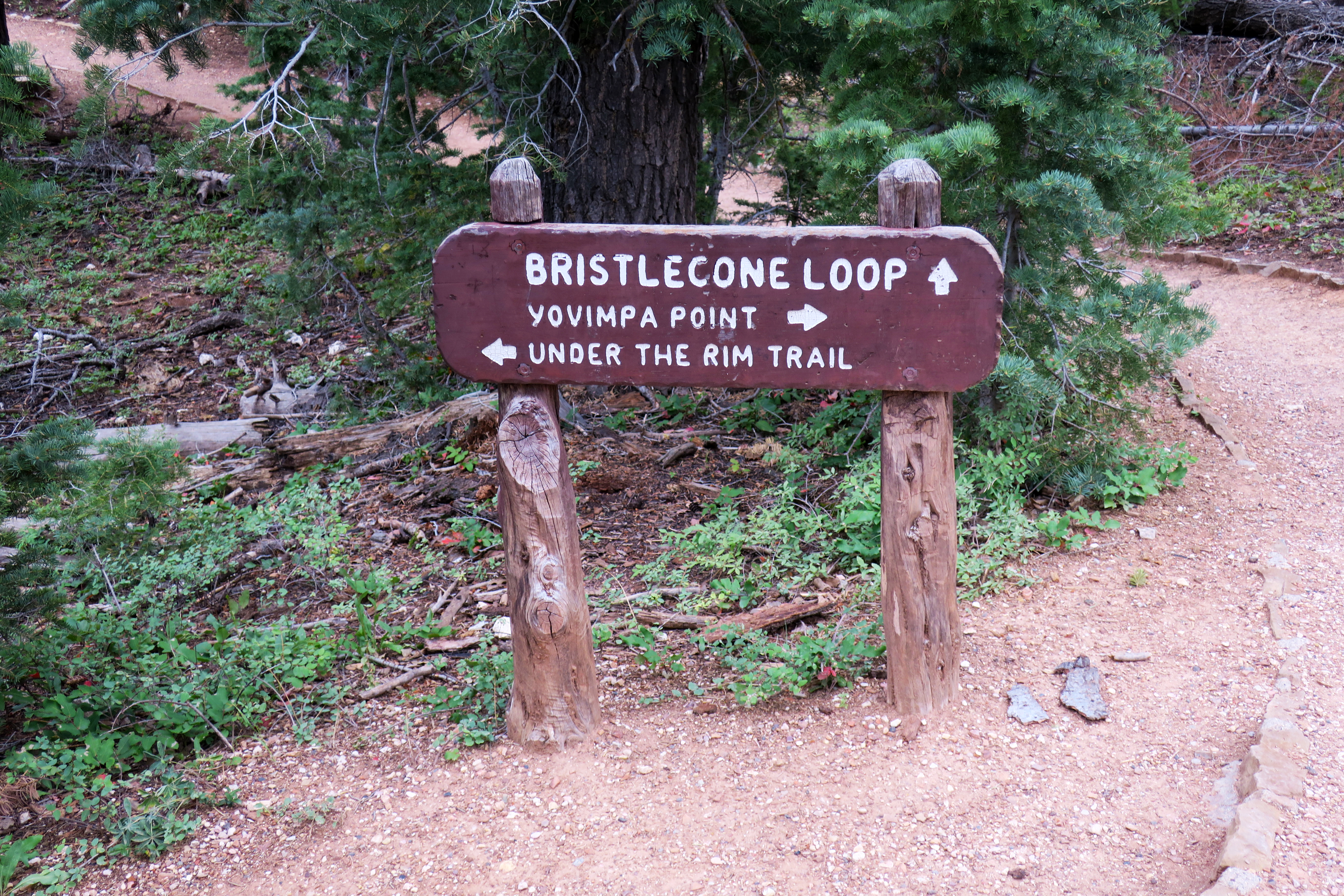
Even east Zion is a different perspective and has a few scenic pullouts such as Checkerboard Mesa. And if you’re lucky, you might catch a glimpse of Bighorn Sheep.
There is plenty to experience in Bryce Canyon away from its crowded rim. Just take the scenic drive south of the Bryce Point turnoff to see places such as Farview Point, Natural Bridge as well as Rainbow and Yovimpa points. Also, between the park entrance and the town of Tropic on Highway 12 there is Mossy Cave, an ideal trail for children. If you want to get off the beaten path away from the crowds, an excellent hike is the Fairyland Loop trail, whose trailhead turnoff is just before the entrance station.
While Bright Angel Point is breathtaking, it’s not all there is to see at the North Rim of the Grand Canyon. Taking the time to explore the scenic drive will be rewarding with views such as Point Imperial, Roosevelt Point and Cape Royal. An easy hike is the Roosevelt Point Trail, which includes benches to sit and meditate in the midst of fantastic surrounding scenery.
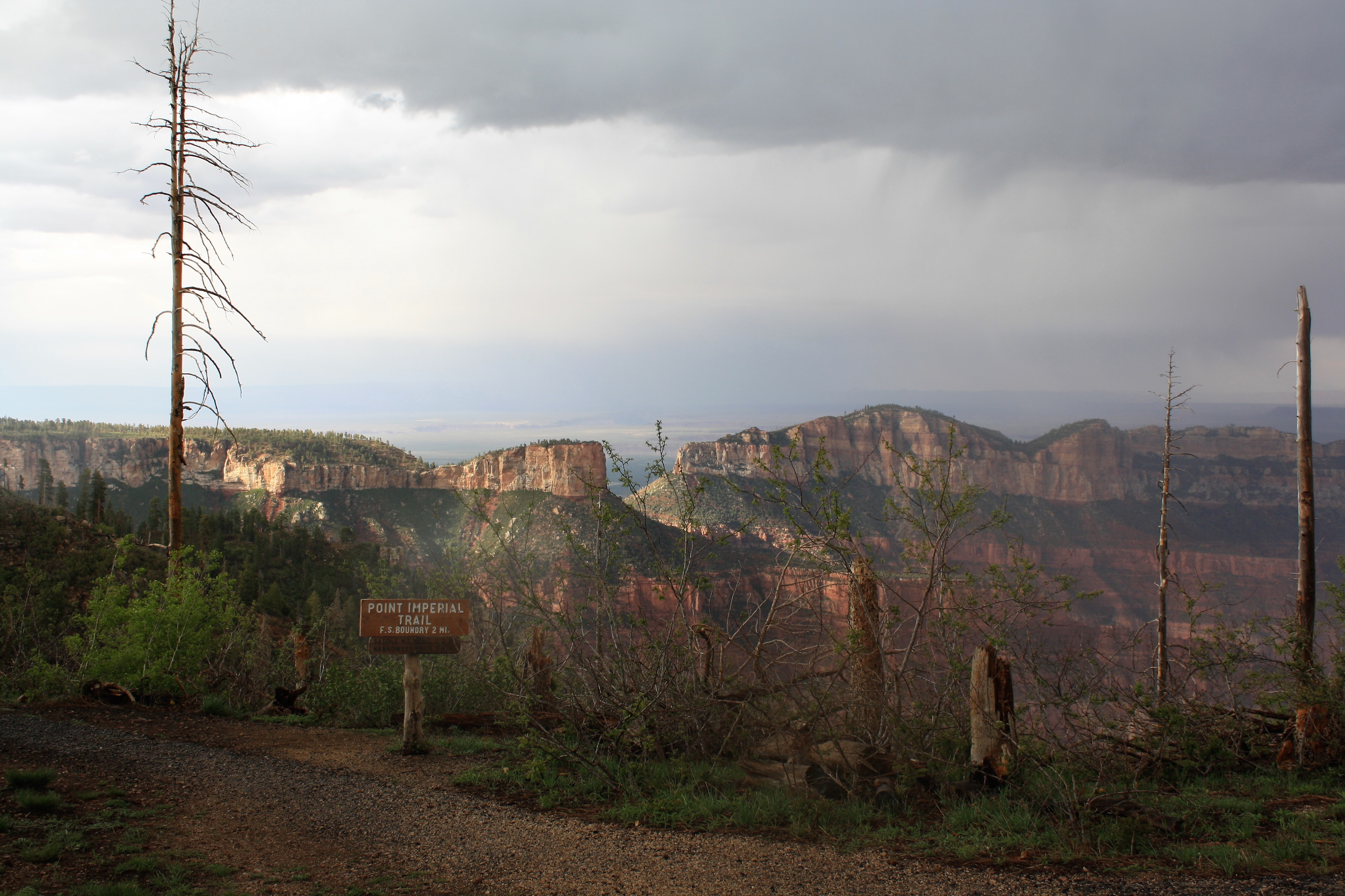
Please keep these 10 things in mind as you explore national parks this year and in perpetuity. Please show some respect for the land and some etiquette to fellow travelers you meet along the way.
Email: [email protected]
Twitter: @STGnews
Copyright St. George News, SaintGeorgeUtah.com LLC, 2017, all rights reserved.